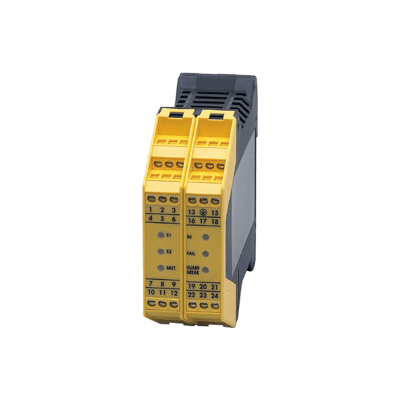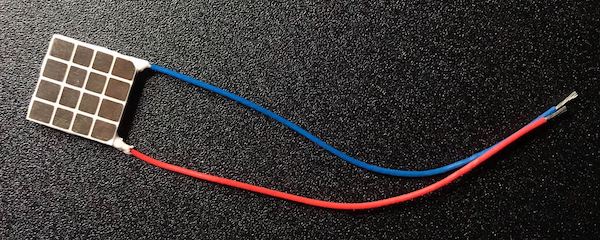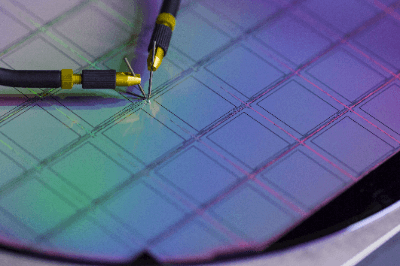What Is a Marking Printer?
A marking printer is a printer mainly used for printing and marking in industrial applications.
They are also called label printers, tube printers, tube markers, etc. A marking printer is a printer that prints small characters to identify terminal blocks, wires, and electronic devices.
Information such as names, numbers, and symbols are printed on tubes and labels for wires, and on nameplates for terminal blocks and equipment, to enable identification. Marking printers are broadly classified into contact and non-contact, ink and laser printing methods.
Uses of Marking Printers
Marking printers are used in a wide variety of applications for marking industrial and electronic equipment, including:
- Marking and printing of wires and tubes
- Printing of expiration dates, lot numbers, manufacturing place symbols, barcodes, etc.
- Marking on metal, resin, rubber products, etc.
Principles of Marking Printers
Marking printers mainly use the following principles for printing and drawing methods mainly, which consist of contact or non-contact, ink or laser marking.
1. Ink Marking
Ink-type can be broadly classified into contact-type marking method using thermal transfer ink ribbon ink and continuous or on-demand non-contact-type marking method using liquid ink.
2. Continuous Marking
A non-contact marking method is used in which ink grains continuously ejected from a nozzle are charged with a voltage corresponding to the dot position information of the print and sprayed onto the printed object with a deflecting electrode. This method is mainly used for food packages.
3. On-Demand Marking
This non-contact marking method applies pressure to the amount of ink required for marking and discharges it. Piezoelectric or instantaneous heating method is used to print by dispensing ink one drop at a time. Since it can print at high speed and at a distance, it is mainly used in manufacturing lines.
4. Laser Marking
Laser marking is an indelible marking method that uses a laser beam to dissolve, peel, oxidize, discolor, scorch, or scrape the surface of an object.
Types of Marking Printers
1. Classification by Marking
Types of marking can be broadly classified into contact-type and non-contact-type.
Contact Marking
Contact marking includes handwriting, stamping, labeling, and engraving. Handwriting is done directly by a person using a pen or similar tool. It is an inexpensive method and suitable for small-lot production.
Stamping requires an optimum amount of ink, otherwise ink dripping or, conversely, blurring of letters may occur. There are two types of stamping: hand stamping and machine stamping, which is difficult on curved or uneven surfaces.
Labels can print beautiful letters, but they require a lot of man-hours. The labels are applied to the product, but peeling can be a problem. Engraving is indelible because of the indentation on the product.
Non-contact
Non-contact marking can be done by inkjet or laser. The inkjet method prints by sending ink in a non-contact manner. It can be used on curved, soft, and fibrous surfaces. It can print on objects that are moving at high speed, making it possible to print on products that are being transported.
The laser method writes characters by scanning a laser with mirrors in the XY direction. It has major advantages such as no need for consumables such as ink, and easy maintenance. In addition, letters and dates can be easily changed.
2. Classification by Marking Printer
There are many types of marking printers in use.
Industrial Inkjet Printers
This is a typical non-contact printer. Granular ink is sprayed to print best-before dates, lot numbers, manufacturing facility symbols, etc. in dot characters. Printing is possible on paper, glass, plastic, metal, and all other materials.
Industrial Thermal Printer
Thermoelectric printers. Prints best-before dates, lot numbers, barcodes, etc. on paper boxes, cardboard boxes, plastic packaging materials, etc.
Piezo Printer
Prints product names, dates, logos, barcodes, etc. in large letters on permeable paper and cardboard boxes.
Laser Printer
Laser printers use lasers to print on PET, packaging film, printed circuit boards, DVDs, and metal caps.
Contact Rotary Printer
This printer is driven by friction between a rubber stamp and cardboard. It is inexpensive and can print semi-permanently.
Thermal Transfer Printer
Thermal transfer printer for card-shaped or roll-shaped products.
Cable ID Printer
Thermal transfer printers that print IDs on tube surfaces and name plates.
 A safety controller is a device that determines whether a machine is safe to operate and controlled based on signals received from safety
A safety controller is a device that determines whether a machine is safe to operate and controlled based on signals received from safety  A Peltier element is a device that uses the Peltier effect, in which heat is transferred at the junction when an electric current is applied to two different metals that have been intersected.
A Peltier element is a device that uses the Peltier effect, in which heat is transferred at the junction when an electric current is applied to two different metals that have been intersected. A prober is a device for fixing a probe (needle) at an arbitrary position, also called a probe station. It is a positioning device that connects the probe of the contact part of the measurement device to the correct position of the electrode of the semiconductor to measure electrical items on the semiconductor wafer in the front-end process, mainly in the semiconductor wafer manufacturing process and IC design and development.
A prober is a device for fixing a probe (needle) at an arbitrary position, also called a probe station. It is a positioning device that connects the probe of the contact part of the measurement device to the correct position of the electrode of the semiconductor to measure electrical items on the semiconductor wafer in the front-end process, mainly in the semiconductor wafer manufacturing process and IC design and development.